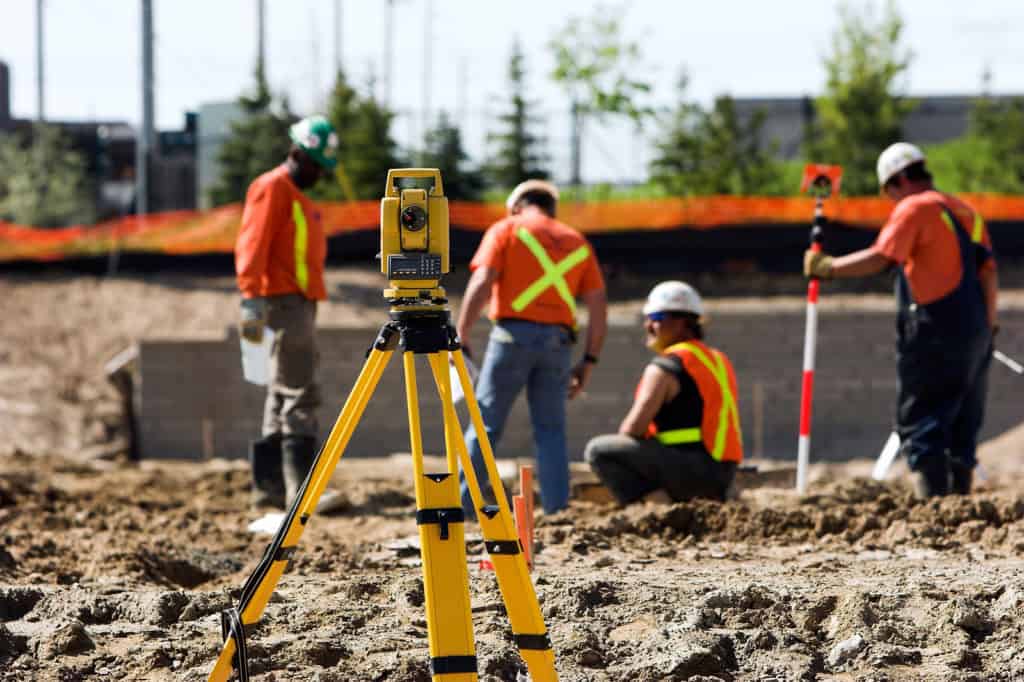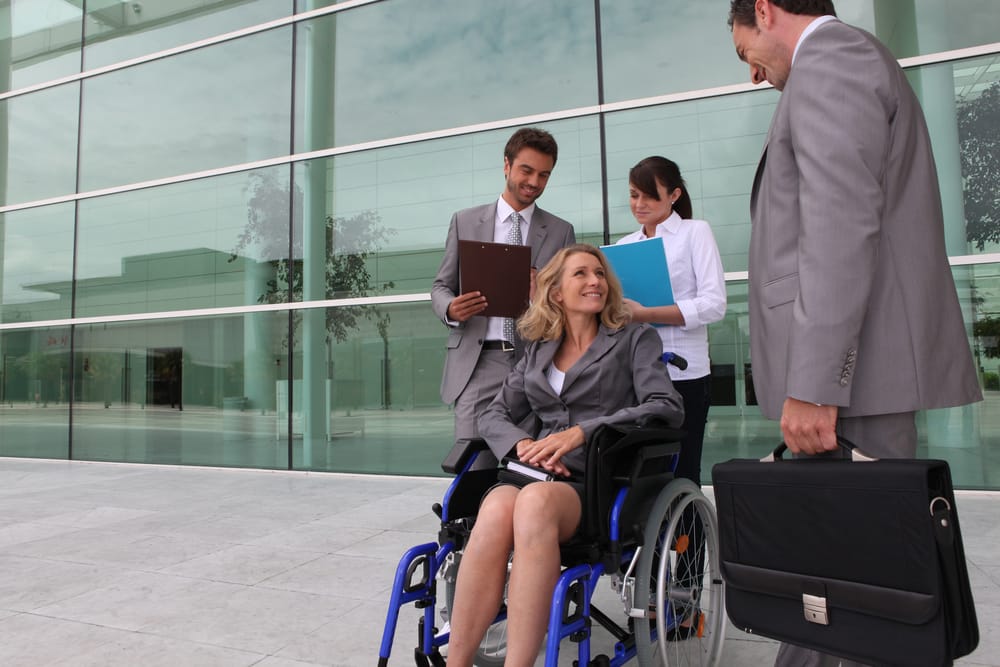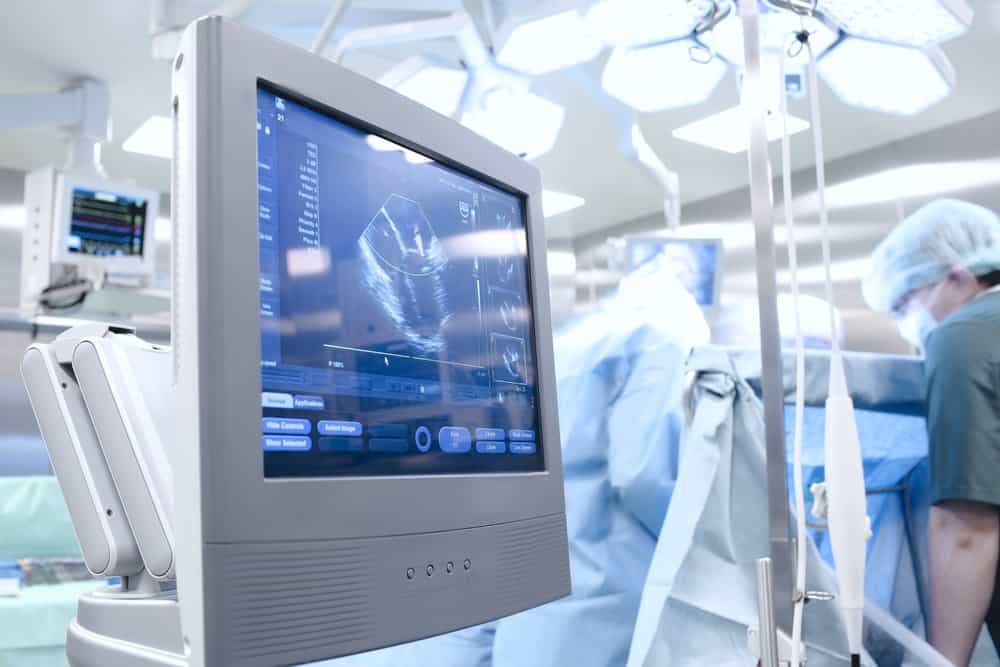In the construction industry, defective equipment accidents are all too common, often leading to serious injuries or even fatalities. The role of a defective equipment construction injury attorney is crucial in helping victims navigate the legal complexities of such cases. These specialized attorneys are well-versed in dealing with construction-related accidents and understand the importance of thoroughly investigating equipment malfunctions to hold negligent parties accountable.
Defective equipment can range from power tools to heavy machinery like cranes and bulldozers. A combination of design or manufacturing flaws, lack of proper maintenance, misuse, or inadequate safety precautions can lead to equipment failure. In an accident caused by faulty equipment, the injured worker may be entitled to compensation for pain and suffering, lost wages, medical expenses, and other damages.
Injured parties must consult an experienced defective equipment construction injury attorney to determine who is liable for their injury. This may involve identifying all potentially responsible parties, such as construction companies, equipment manufacturers, suppliers, or fellow workers. A thorough investigation and strong legal representation can help ensure that those responsible for defective equipment accidents are held accountable and that victims receive the compensation they deserve.
Defective Equipment and Construction Injuries
Construction work often involves using heavy machinery and equipment on job sites. With such equipment comes the inherent risk of injury, especially if the equipment is defective. Dangerous or malfunctioning equipment can exacerbate these risks and lead to severe injuries for construction workers.
Types of Defective Construction Equipment
- Scaffolding: Falls from defective or poorly maintained scaffolding can result in serious injuries. Proper installation and regular inspection of these structures are crucial for maintaining the safety of construction workers.
- Power tools: Drills, saws, and nail guns are essential for many construction tasks. However, equipment defects or improper use can cause life-altering injuries for workers. Ensuring these tools are in good working order and using them according to manufacturer instructions can help prevent accidents.
- Forklifts: These vehicles are used to transport heavy materials on construction sites. If a forklift is not maintained or operated correctly, it can tip over or drop its load, leading to severe injuries for bystanders who may be in danger.
- Heavy equipment: Cranes, bulldozers, and other large machinery carry significant risks when operated on construction sites. Equipment defects or operator errors can lead to tragic accidents involving falling objects, rollovers, or other dangerous situations for workers.
Employers and construction site managers are responsible for ensuring that all equipment is safe and functioning correctly. They must also ensure that workers are properly trained in using these machines and tools and implement fall protection and other safety measures. Failure to do so could result in a construction site accident, potentially leading to lawsuits and injury claims.
Injured workers may be eligible to pursue legal action when defective equipment is responsible for construction injuries. A construction injury attorney can help navigate the complex process of seeking compensation for damages caused by faulty machinery or equipment on construction sites. They can also help ensure construction companies uphold safety standards, protecting current and future workers from harm caused by defective equipment.
Identifying Responsible Parties
Manufacturer and Supplier Responsibilities
Manufacturers may be liable for any negligence in producing faulty machinery in cases of defective construction equipment injuries. Manufacturers have a duty of care to ensure that their products are free from design and manufacturing defects. They must also provide adequate warning labels and instructions, addressing potential risks associated with the equipment’s operation. If a manufacturer knowingly distributes recalled products or machinery with missing components or safety mechanisms, they could be held responsible for any resulting injuries.
Suppliers also play a critical role in preventing construction equipment injuries. They are responsible for distributing the products and ensuring they comply with safety standards. Like manufacturers, suppliers must ensure that the equipment they distribute carries proper warning labels, is free from defects, and is not under recall.
Employer and Contractor Responsibilities
Employers and contractors are responsible for providing a safe working environment for their employees, including ensuring the use of appropriately maintained and functioning construction equipment. They must follow established industry safety regulations and guidelines while supervising on-site activities. Should employers or contractors knowingly allow workers to use faulty equipment or fail to address a known issue, they can be held liable for any resulting injuries.
Subcontractors, architects, engineers, and developers have varying responsibilities depending on their involvement in the construction project. Each party must exercise due diligence and communicate with others to identify and address potential hazards. Designers and engineers, for instance, are responsible for creating and reviewing specifications, while architects and developers manage the construction process and ensure compliance with safety guidelines.
An insurance company may often handle claims related to defective construction equipment injuries. These companies assess the liability of each responsible party and determine the appropriate compensation for injured workers. All parties involved in a construction project must communicate and report equipment-related concerns promptly to reduce the risk of injuries and expedite the resolution process.
Common Injuries and Consequences
Injury and Fatality Rates in Construction
Construction accidents can lead to various injuries, with some of the most common ones being falls, burns, lacerations, and fractures. According to the Occupational Safety and Health Administration (OSHA), falls account for a significant portion of construction-related injuries. In addition, welding accidents often result in burns and disfigurement.
- Falls: A leading cause of construction injuries, typically occurring from ladders or scaffolding.
- Burns: Common in welding accidents and can cause disfigurement or severe pain.
- Lacerations: Often result from accidents involving cutting tools or machinery.
- Fractures: Can occur due to falls, impact with heavy objects or equipment malfunctions.
It is important to note that the fatality rate in the construction industry is particularly high. Construction workers are at a higher risk for fatal injuries than other sectors.
Impact of Injuries on Workers and Families
Construction injuries affect the individual worker and have lasting consequences for their families. High medical expenses, coupled with lost wages, can lead to financial strain for both the injured worker and their family. Workers may sometimes require ongoing medical treatment or rehabilitation, further exacerbating the financial burden.
- Medical bills: Injuries typically result in costly medical treatments, surgeries, and medications.
- Lost wages: As the injured worker cannot work, they may lose wages.
- Long-term medical care: More severe injuries, such as head injuries or amputations, often necessitate ongoing care.
Injured construction workers may seek the assistance of a personal injury lawyer to help navigate the complex legal process and claim compensation for medical bills, lost wages, and pain and suffering. A qualified attorney can help guide workers through the intricacies of filing a claim and ensure they receive the appropriate support and compensation during their recovery process.
Legal Options for Injured Workers
Workers’ Compensation Claims
Workers who suffer injuries due to defective equipment on construction sites may be eligible for workers’ compensation benefits. Through workers’ compensation insurance, injured workers can receive medical expenses coverage, lost wages, and disability benefits. Employees must report the injury to their employer, who will initiate the claim process. Consulting an attorney knowledgeable in workers’ compensation claims can ensure injured workers receive the benefits they deserve.
Personal Injury Lawsuits
In some cases, workers may have the option to file a personal injury lawsuit against a third party responsible for the defective equipment. Personal injury claims can arise when a product manufacturer, supplier, or subcontractor is negligent, and the defective equipment they provide causes an injury. Personal injury lawsuits differ from workers’ compensation claims as they require the plaintiff to prove the third party’s liability. The injured worker may receive compensation for medical expenses, lost earning capacity, and pain and suffering. The statute of limitations for filing a personal injury claim may vary depending on the jurisdiction, so it’s crucial to consult an experienced attorney as soon as possible.
Wrongful Death Actions
When construction accidents involving defective equipment result in fatalities, the deceased worker’s family may have the option to file a wrongful death lawsuit. These legal actions aim to hold responsible parties accountable for losing a loved one due to negligence. Beneficiaries of the deceased worker can seek compensation for funeral expenses, loss of financial support, and emotional distress.
In conclusion, injured workers and their families have several legal options available to them when dealing with defective equipment construction injuries. These options include workers’ compensation claims, personal injury lawsuits, and wrongful death actions. It’s essential to seek the advice of a qualified attorney, as they can provide guidance and assist in navigating the complexities of these legal processes.
Factors in Defective Equipment Cases
Proving Liability for Construction Accidents
In defective equipment cases, determining liability for construction accidents is essential. Several entities, such as manufacturers, distributors, and construction companies, could be held responsible for any injuries or deaths resulting from faulty equipment. It is the role of a personal injury lawyer to investigate the accident, gather evidence, and identify the parties at fault. To prove negligence, the attorney must establish that a breach of duty occurred, directly causing the injuries or death.
In these cases, OSHA regulations about construction equipment safety are often used as a framework for establishing negligence. Violations of these guidelines could lead to liability for the parties involved. For example, crane accidents or falling object incidents caused by improper maintenance or inadequate training may result in the responsible party being held liable.
Calculating Damages in Defective Equipment Cases
Once liability has been established, the legal process moves toward determining compensation for the injured party. There are various factors to consider in calculating damages, such as:
- Medical expenses: Costs for immediate and ongoing treatments and any required rehabilitation.
- Lost wages: The injured party’s loss of income due to their inability to work after the accident.
- Pain and suffering: The physical pain and emotional distress experienced because of the injury.
Each case is unique, and the amount of compensation varies based on the severity of the injuries or the circumstances surrounding the event. In cases involving death, additional compensation factors might include funeral expenses and loss of financial support for the deceased’s dependents.
In conclusion, a defective equipment construction injury attorney is instrumental in navigating the complex legal processes associated with these cases. They ensure the injured party receives the compensation they deserve while holding the negligent parties accountable for their actions.
Preventing Construction Injuries
Workplace Safety Best Practices
Preventing construction injuries begins with implementing workplace safety best practices on the site. Employers should prioritize worker safety by providing proper training, adhering to safety guidelines, and maintaining well-functioning equipment. Some key points to consider include:
- Proper use of protective gear, such as helmets, gloves, and eye protection
- Ensuring equipment operators are adequately trained and certified
- Establishing safe zones around moving parts or heavy machinery
- Encouraging open communication for reporting hazards or potential issues
Employers must take advantage of workers’ compensation insurance to protect employees in case injuries still occur despite safety measures.
Understanding OSHA Regulations
The Occupational Safety and Health Administration (OSHA) sets regulations to promote safety in the workplace. Employers and equipment operators must know these rules to avoid construction injuries or death. Some crucial aspects of OSHA regulations include:
- Regular Inspections: OSHA requires construction sites to undergo regular safety inspections, ensuring compliance with safety standards.
- Worker Training: To ensure worker safety, employers must provide proper training, including hazard awareness and emergency response.
- Equipment Maintenance: Regular maintenance checks and repairs must be made on all construction equipment to minimize the risk of defects and accidents.
Adhering to OSHA regulations reduces the likelihood of construction injuries, protecting workers and minimizing the need for legal action through a defective equipment construction injury attorney.
FAQs
What is a defective equipment construction injury attorney?
A defective equipment construction injury attorney is a legal professional representing individuals who have suffered injuries due to defective or malfunctioning construction equipment. These attorneys have specialized knowledge in product liability law and construction safety regulations.
What are the common causes of defective equipment injuries in construction?
Some common causes of defective equipment injuries in construction include:
- Design flaws in the equipment
- Manufacturing defects
- Inadequate training or supervision
- Lack of proper maintenance
- Ineffective safety measures
How can defective equipment construction injury attorneys help victims?
Defective equipment construction injury attorneys can help victims by:
- Investigating the cause of the injury, including identifying any defects in the equipment
- Determining the responsible parties, such as the equipment manufacturer, distributor, or construction contractor
- Assessing the damages the victim suffered, including medical expenses, lost wages, and pain and suffering
- Negotiating settlements and taking the case to trial if necessary
How long do victims have to file a claim for a defective equipment construction injury?
The statute of limitations for filing a claim for a defective equipment construction injury varies by jurisdiction. In general, victims have a certain number of years from the date of the injury or from when they discovered the injury to file a lawsuit. It’s crucial to consult with an attorney as soon as possible to ensure you complete the deadline for filing a claim in your jurisdiction.


